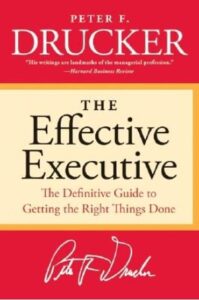
“All things being equal,
people will do business with,
and refer business to,
those people they know, like and trust.”
Bob Burg, author, Endless Referrals
You’ve heard this quotation many times, right? But do you take it seriously?
If a stranger reads your LinkedIn profile, will they begin to know, like, and trust you based on what is there? If not, why aren’t you taking advantage of this marvelous personal marketing tool for yourself? If your response is “because I’m not in sales,” think again. Even someone with no external customer interaction has customers within the company. Probably you, like most people, are seeking some sort of opportunity (e.g., an opportunity for advancement inside your company, opportunities for positions outside the company, a board appointment).
This month’s article shares ways you can sow the seeds of know, like, and trust in your LinkedIn profile so that people will be more likely to do business with, and refer business to YOU.
Your About Section
The 2,600-character (~5 paragraphs) About section showcases YOU. It is the perfect place for you to provide information that can build KNOW, LIKE, and TRUST. Approach this section with authenticity and a willingness to be transparent in telling your story. Give people a chance to know the real you – because everyone is more interesting (and likable) when they’re not hiding behind their job or their company’s services.
For this section to work well for you, plan what you want to say. For example, select three things you want to be known for and build your narrative around those. Or tell us about your purpose, passion, business principles, and how you lead.
Are there some questions that always come up from people after they’ve looked at your profile or resume? For example, if you have several years unaccounted for in your work history, rather than have people come to their own conclusions about the time period (e.g., you had a nervous breakdown, or you had an addiction problem, or whatever they can confabulate to account for that period), take control of your own narrative. Briefly explain the reason for the gap in your own way.
Before you write, work out your outline and what you intend each paragraph to accomplish for you. Use your outline to write your first draft. Read your narrative aloud and correct the verbiage where you stumble. Delete words and sentences that are expendable. Read aloud again; edit again. Getting this section to shine is important; it is worth the time it takes to accomplish that.
Profile sections that advance KNOW
In addition to the About section, you can help people feel that they KNOW you by making sure your profile is complete. By complete, I mean:
- List your present and previous positions in your Experience section and describe your accomplishments in each position.
- List your post-secondary education and degrees earned. (It is not necessary to include years of attendance or date of degree.) It is a nice touch to share some activities you participated in.
- Add any optional sections that can help give people a rounded picture of who you are, including: Volunteer positions, Patents, Publications, Certifications, Awards and Honors, etc.
Profile sections that advance LIKE
Your About section will do the heavy lifting here, but visuals can also contribute to LIKE. Examples include:
- A photo or graphic image behind your headshot – this is called the LinkedIn banner image.
- A headshot that is a professional-quality image in which your eyes and mouth are smiling.
- The optional Featured section that appears before your Activity section is a place where you can share photos, posts, and videos that tell your story visually.
- You can also add photos and videos to your various positions.
- Your Activity section that appears before your About section is populated by LinkedIn with your recent posts. This shows everyone how active you are on the LinkedIn platform and the kinds of things you add to the homepage feed. This section can either be an asset or a negative, depending on your level of engagement.
Profile sections that advance TRUST
Again, if you’ve written your About section well, it will go a long way toward establishing TRUST, but here are other sections that also provide “social proof:”
- Recommendations have a huge positive impact – and a lack of recommendations can have the opposite impact.
- Endorsements in your Skills section.
- Education, Certifications, Patents, Publications, Honors and Awards.
A well-branded LinkedIn profile can frame your business conversations with KNOW, LIKE, and TRUST, helping your business transactions go more smoothly.
 About Carol Kaemmerer: Named one of six top branding experts in 2022 by The American Reporter, I’ve helped countless C-level clients over the past ten years to use LinkedIn to frame conversations, impress customers, and introduce themselves before their first conversation takes place.
About Carol Kaemmerer: Named one of six top branding experts in 2022 by The American Reporter, I’ve helped countless C-level clients over the past ten years to use LinkedIn to frame conversations, impress customers, and introduce themselves before their first conversation takes place.
Contact me through my website https://carolkaemmerer.com for:
-
-
-
-
-
- Executive one-on-one assistance with your online brand
- Professional speaking engagements on personal brand and LinkedIn
- An autographed copy of my book, LinkedIn for the Savvy Executive-2ndEdition
- My self-paced, online course
- To receive my articles in your email mailbox monthly
-
-
-
-
 My award-winning book, LinkedIn for the Savvy Executive-2nd Edition received BookAuthority’s “Best LinkedIn Books of All Time” award, was named one of the “Top 100+ Best Business Books” by The C-Suite Network, and is an International Book Awards winner. For your author-inscribed and signed book or for quantity discounts, order at: https://carolkaemmerer.com/books
My award-winning book, LinkedIn for the Savvy Executive-2nd Edition received BookAuthority’s “Best LinkedIn Books of All Time” award, was named one of the “Top 100+ Best Business Books” by The C-Suite Network, and is an International Book Awards winner. For your author-inscribed and signed book or for quantity discounts, order at: https://carolkaemmerer.com/books

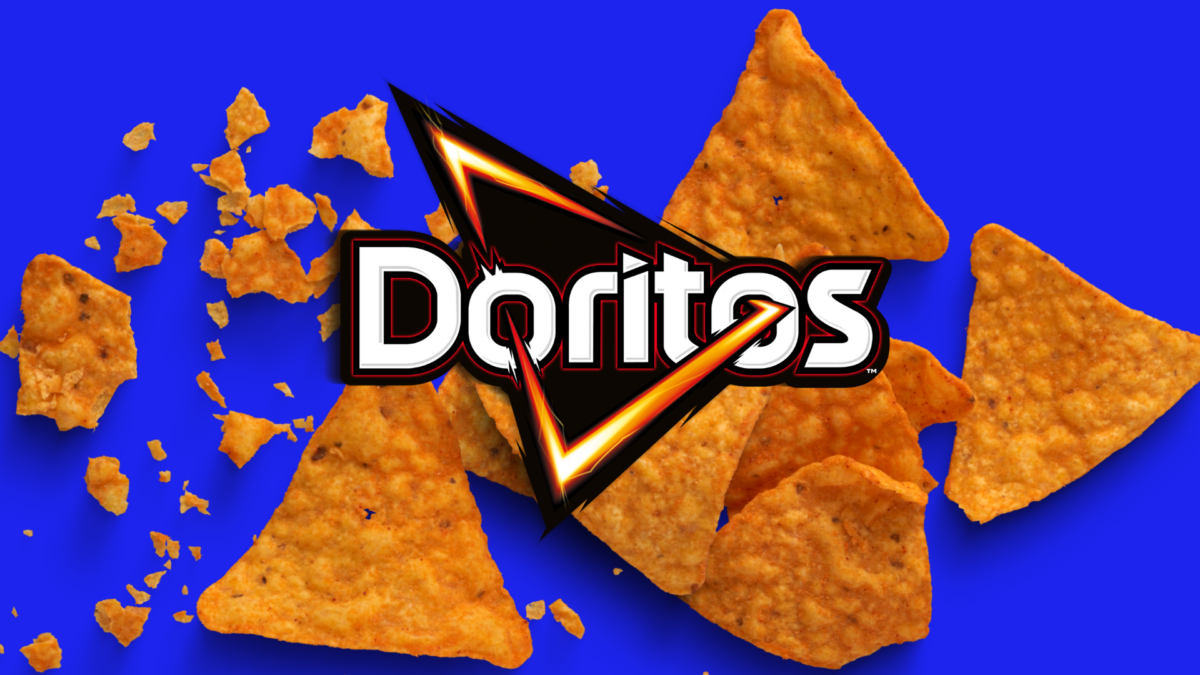
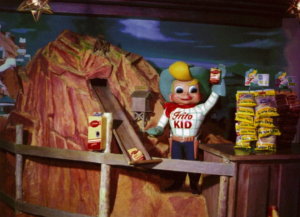
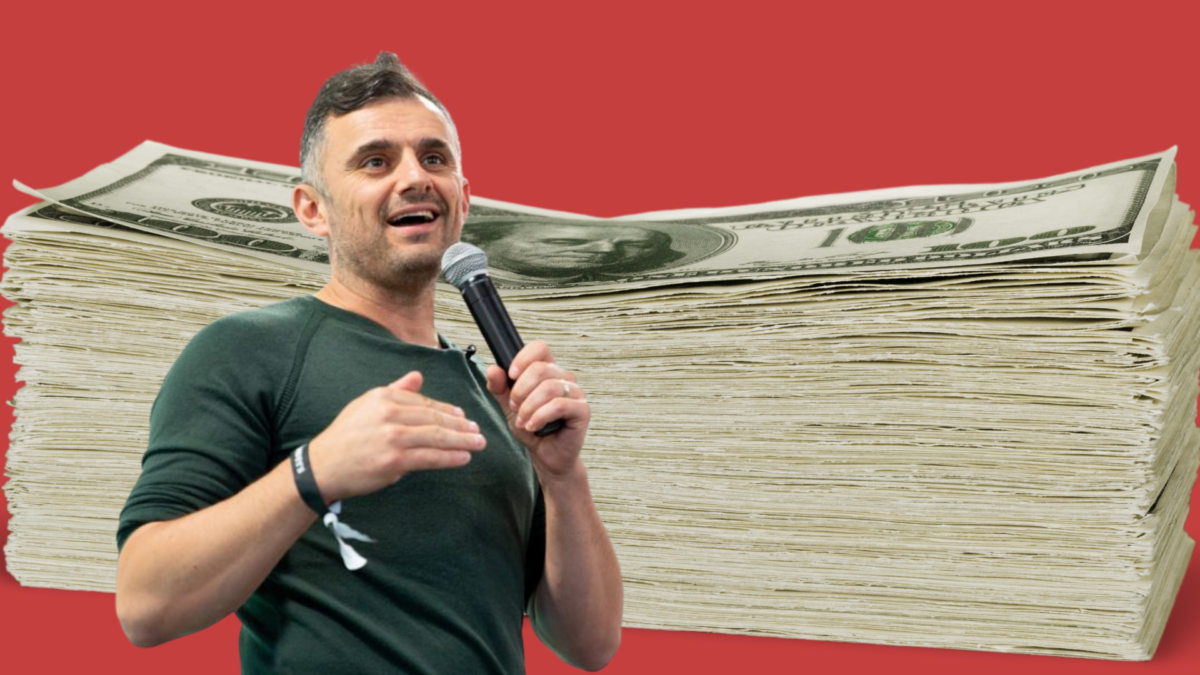

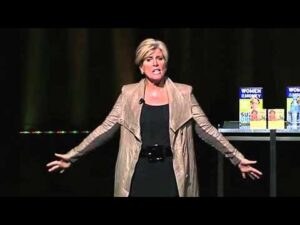

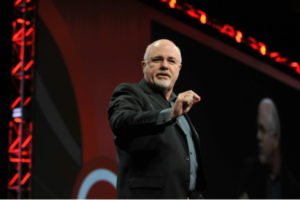
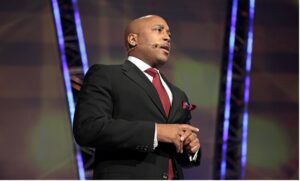

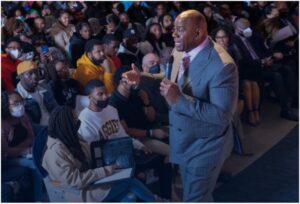
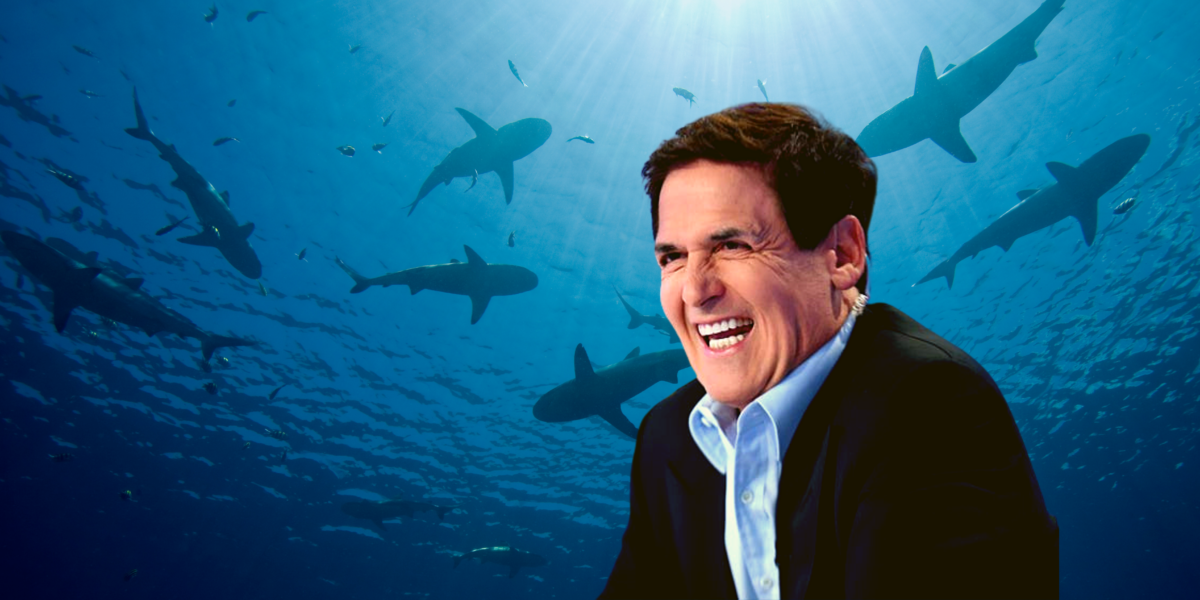
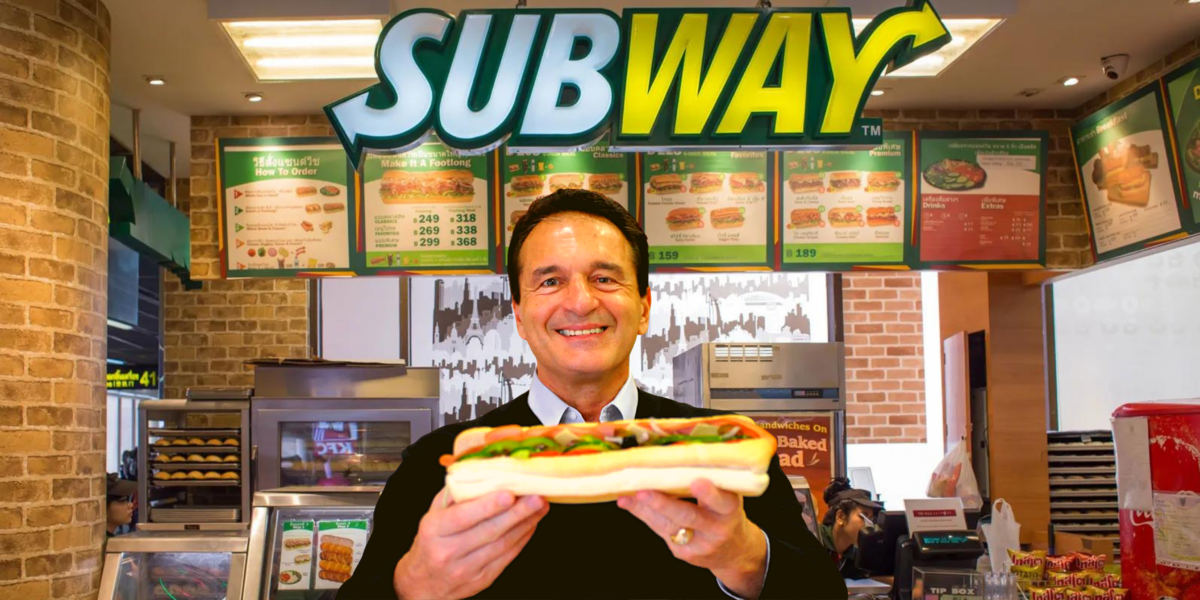
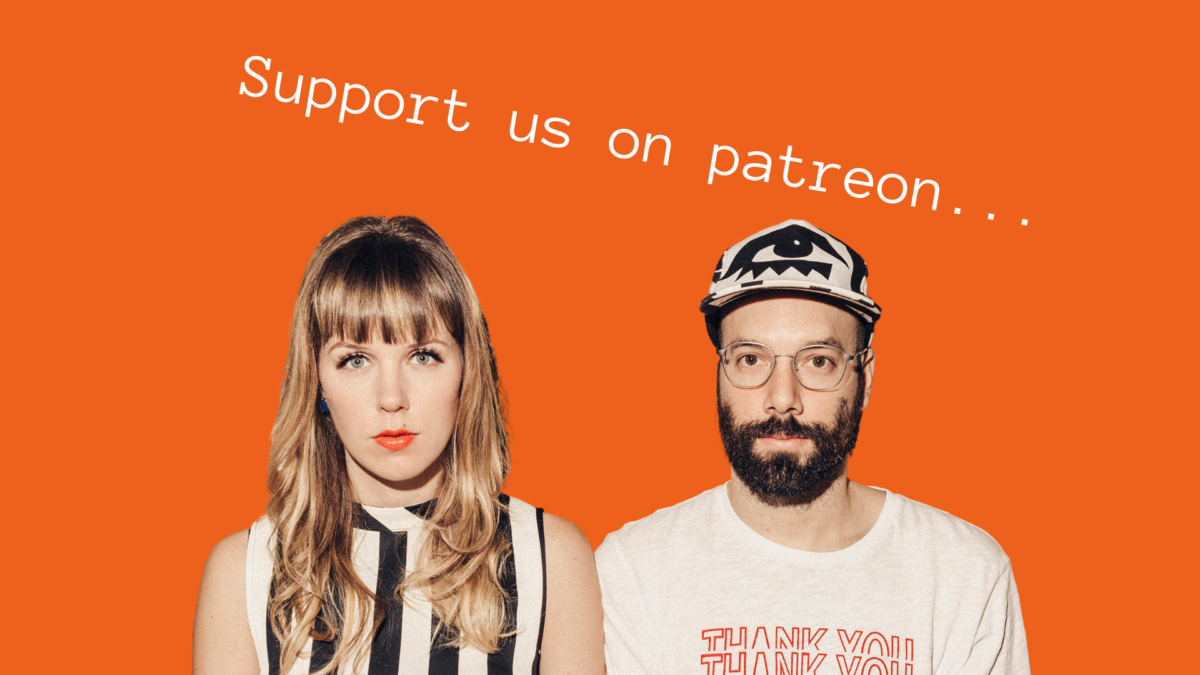
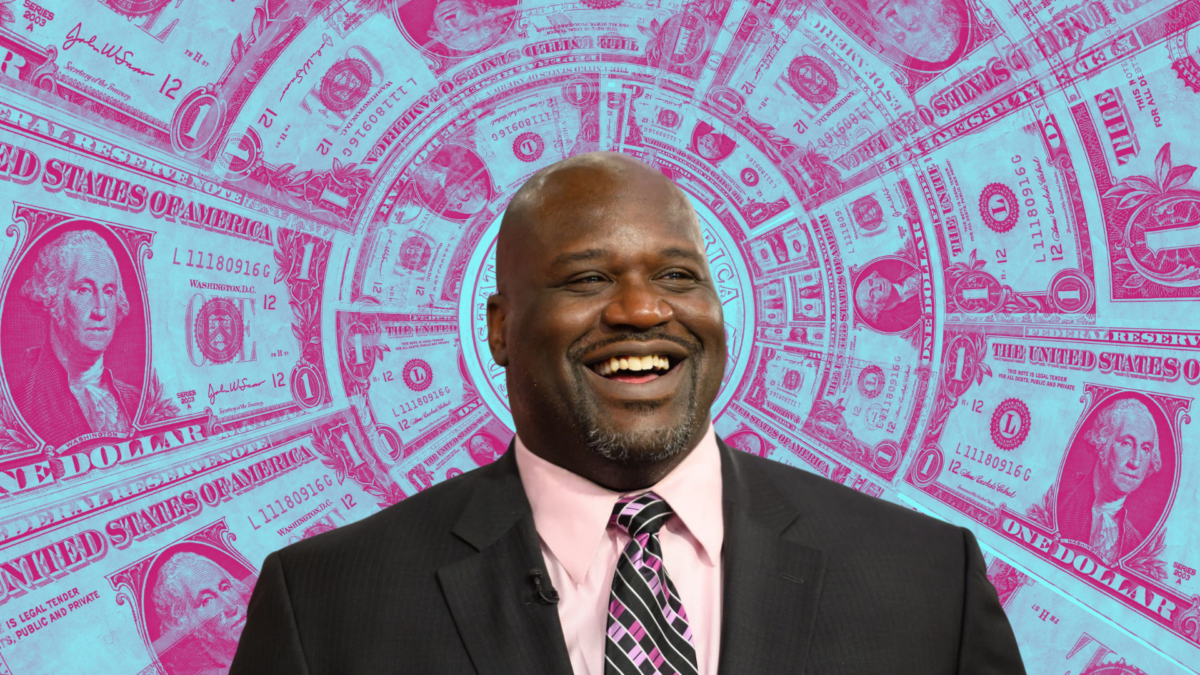



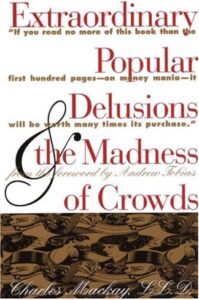


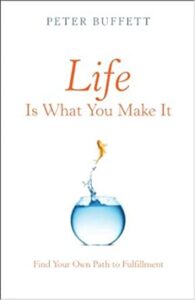

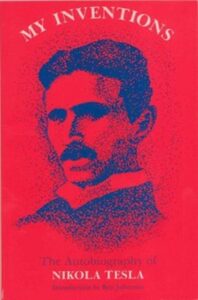 This is the favorite book by Google’s founder Larry Page. The book is a biography of the genius electrical inventor.
This is the favorite book by Google’s founder Larry Page. The book is a biography of the genius electrical inventor. 
